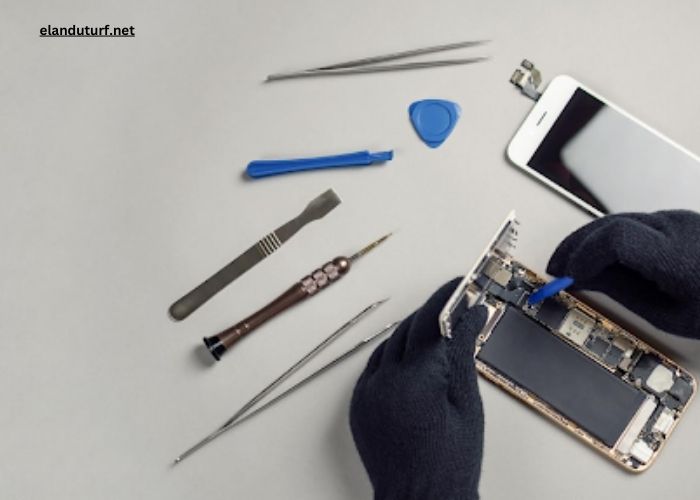Taking apart your smartphone, tablet, laptop, or any other device may seemingly be a daunting task reserved for experienced technicians. What did not know, however, is this can be an easy do-it-yourself task provided you have the right knowledge, precautions, and of course, tools. The goal is to protect the internal components to ensure that the device continues to function properly after reassembly.
Among the essential tools used to safeguard against potential damage during this process, spudgers stand out as one of the most effective and versatile. This flat, often pointed, tool is designed to safely separate or pry open device components without causing harm to sensitive parts. In this article, we will explore how a spudger protects your devices from damage during disassembly, focusing on its materials, design, and practical applications.
Design and Materials: Preventing Scratches and Damage
Most spudgers are made from non-conductive, soft materials such as plastic or nylon to ensure there is minimal risk of electrical damage during disassembly. This feature is particularly crucial when working with devices that have fragile components such as circuit boards, chips, or connectors that could be damaged by a metal tool. Metal tools can also potentially scratch the surface of screens, displays, or other polished parts of the device, leaving permanent marks that affect the aesthetics or functionality of the device. Spudgers eliminate these risks effectively.
Moreover, spudgers are typically designed with a variety of tips or edges. Some have flat, wide tips that are perfect for gently separating surfaces that are glued or bonded together, such as the smartphone back cover. Others feature pointed tips, ideal for disconnecting small cables, lifting connectors, or handling delicate parts that need precise manipulation. The diversity of spudger designs allows users to approach different disassembly tasks with the appropriate level of care and precision, reducing the likelihood of damaging any internal components.
Safe Prying and Separation
Devices such as smartphones and tablets often use adhesives to hold together the outer casing or the screen. This makes it difficult to open them without causing damage. Traditional metal prying tools may not only fail to open the device but could also cause harm to the delicate parts. In contrast, spudgers allow users to safely and effectively separate glued or snap-fitted components without leaving marks, cracks, or breaks.
A spudger’s ability to apply controlled force in separating these parts is key in preventing damage. For example, when using this tool to separate a phone’s screen from its body, the tool helps to gradually loosen the adhesive, ensuring that no undue stress is applied to the screen. Likewise, when removing components such as batteries or connectors, the spudger can be used to gently pry them loose, avoiding the risk of damaging soldered connections or other fragile parts that could easily be dislodged when using a more aggressive tool.
Precision in Disconnecting Cables and Connectors
During disassembly, electronic devices are often filled with small connectors and cables that link various parts together. These connectors can be vulnerable to damage, and improper handling could lead to broken pins, bent connectors, or a short-circuiting of electrical components. Spudgers are particularly valuable in this regard, as they allow technicians and hobbyists to gently lift and disconnect cables without applying too much force.
When removing a phone battery, for instance, you can use a spudger to gently lift the battery connector from its socket, avoiding the risk of bending pins or breaking the connector. The precise control this tool offers allows for careful manipulation of these connectors, preventing accidental damage during disassembly.




